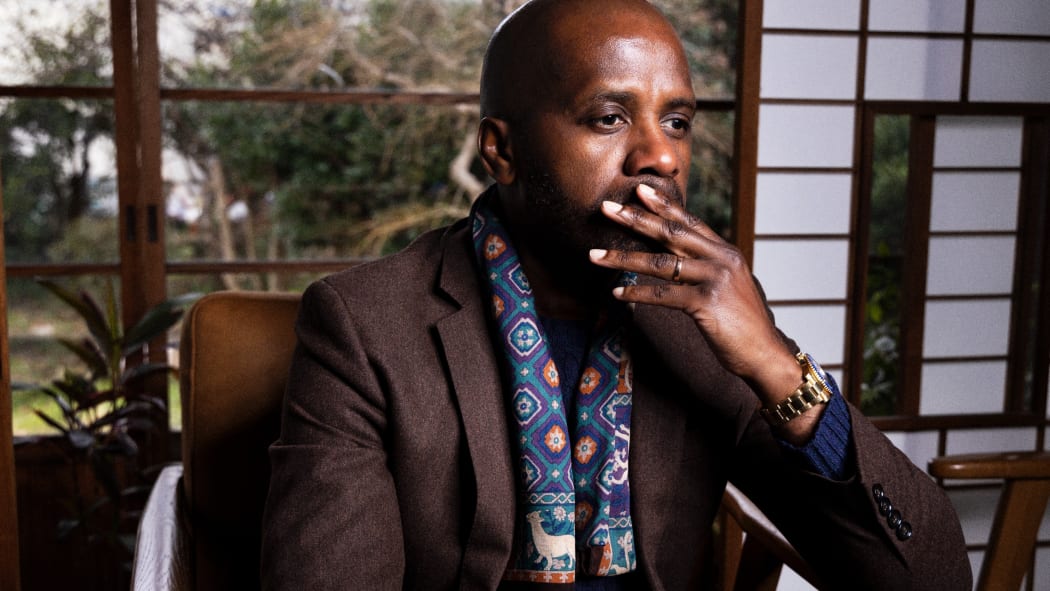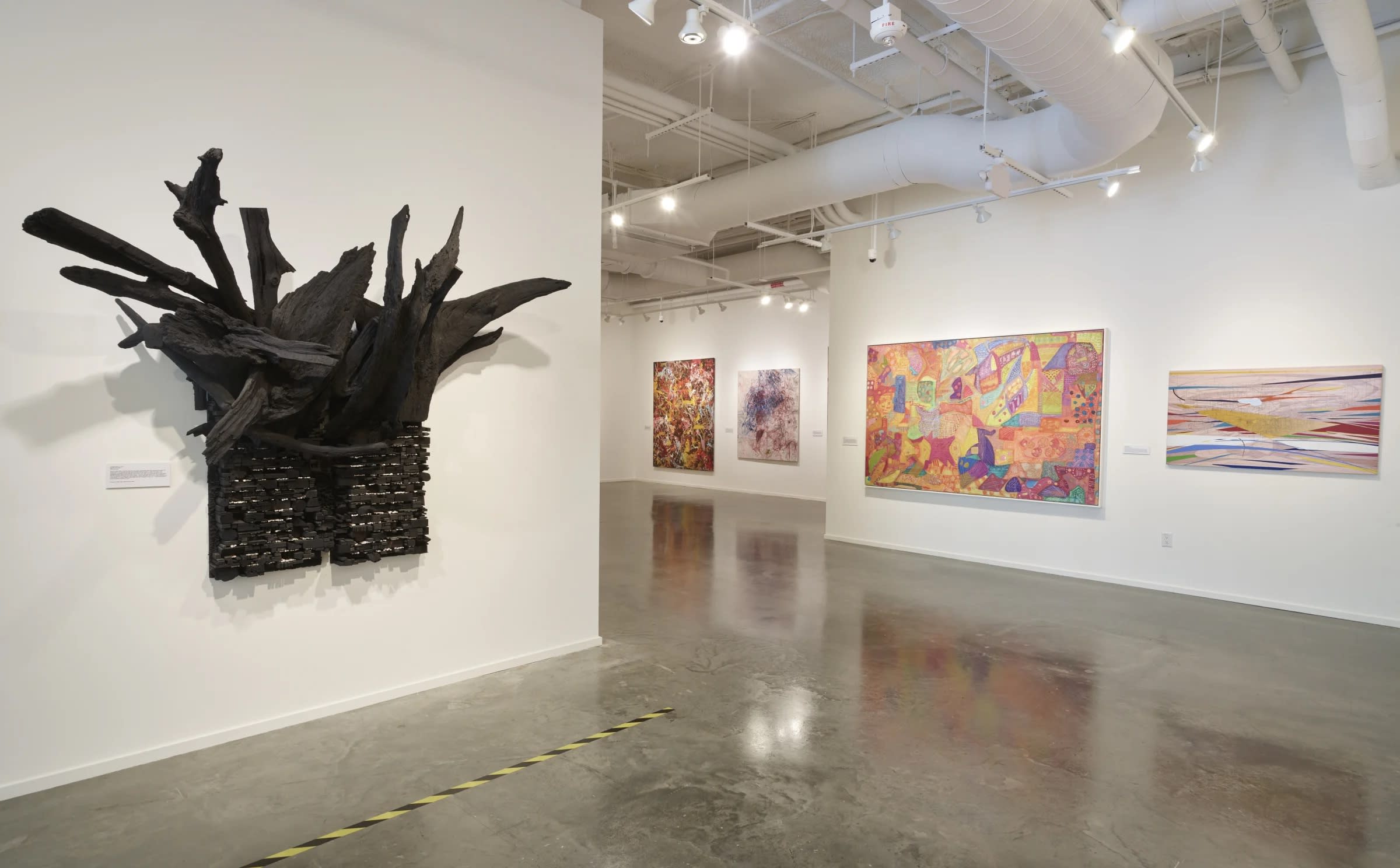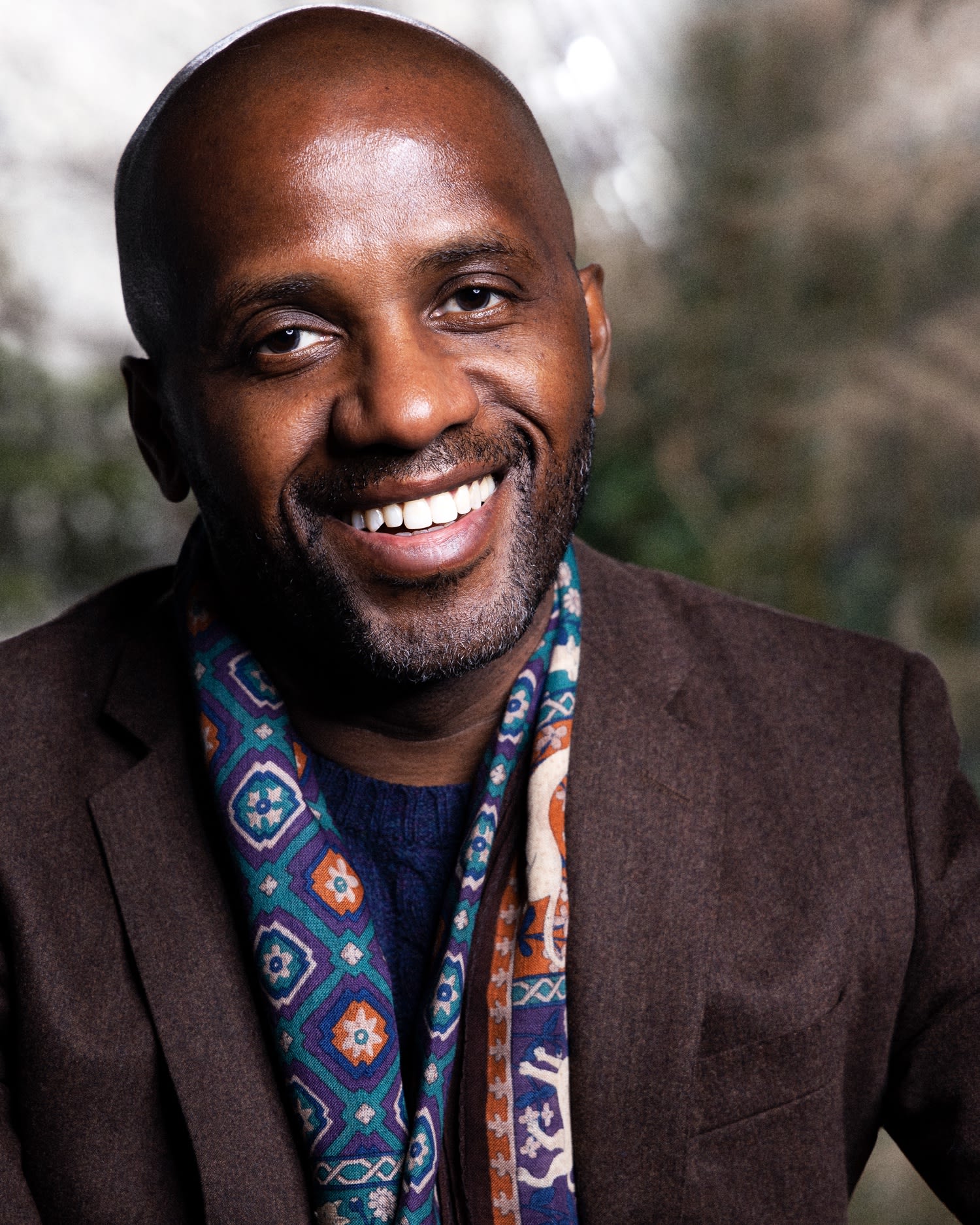
Hey Dexter! Your academic background is political science and sociology, and previously you worked in the field of advertising and marketing. Was there any pivotal moment when you decided to start with this curatorial career? What prompted this transition?
Before I worked in the art world, I was the CEO of a boutique advertising agency in New York City. I co-founded the business in 1995. I was always interested in art, but I did not know a lot about how the art world worked until I started meeting artists. In the early 2000’s my interest in art began to grow. Eventually, I tried my hand at organizing some small shows in New York City, but I didn’t consider myself a curator. I was just excited to work with creative people and to help them show their ideas to the world. In 2006, I began consulting the Savannah College of Art and Design in the US. This was a turning point for me and solidified my plans to make a career change. In 2008, after running my agency for nearly 13 years, I made the full leap into the art world and began focusing on my curatorial practice.
Are there any artists, writers, curators, and other creative thinkers who have influenced your curatorial practice? What are your general sources of inspiration, apart from art? Literature? Music?
I am as interested in history and the politics of power as I am in art. In fact, most of my early projects were inspired by these interests. In the past, I’ve curated exhibitions about gentrification and race relations. However, I am not bound to any one subject or topic. I work with artists of all backgrounds, cultures, and genders. I am influenced by people who bring meaningful ideas to life. Whether it’s filmmakers, writers, musicians, or businesspeople, I try to take it all in to see if there’s something that moves me. I also travel a lot. This helps me think about the world from the perspective of an observer. I was born and raised in Brooklyn, New York, but I moved to Japan two years ago. Living in a country where I have to learn a new language and understand a new culture has had a profound impact on me. It makes me think bigger!
How would you describe your approach to curating?
Collaboration is central to my work. I think of the artists in my exhibitions as my partners. When I conceptualize an exhibition, I am thinking about ways that I can create access points for the public to understand more about art. So much about the art world is opaque and difficult for people outside of it to understand. This lack of understanding leads to a certain amount of apathy. As a result, many people outside of the art world think of it as elitist. High auction prices or recent hype trends like NFT’s get the most attention in the general media. That’s why I’m interested in curating shows that have intellectual gravity but also appeal to the broader world.

© Installation view of "Painter's Refuge: A Way of Life" by Reginald Sylvester II at The Harvey B. Gantt Center in Charlotte, North Carolina. Image: Dexter Wimberly
How do you select artists for the upcoming projects? Do you start from the concept of the show and then look for the most relevant artists or rather vice versa – come across the artists that you would like to present to the public and start elaborating the entire concept of the show?
Every exhibition starts with a seed of an idea. It could come from a conversation with an artist during a studio visit or more often than not, an idea will hit me when I’m reading a book or doing something not related to art at all. If I think about past projects, there is probably an equal balance of exhibitions where I developed the concept first and then thought of the artist(s) that fit or vice versa. Either way can work. However, I try not to bend an artist’s work to fit a concept. I don’t think this is good or even necessary. There are far too many fantastic artists out there to force a connection between an artist and a curatorial concept. I am constantly meeting new artists and developing relationships. Sometimes things happen fast. Sometimes it takes several years before an opportunity for collaboration emerges. I try to keep moving. Keep thinking. Keep working. I am genuinely excited by the curatorial work that I do. It constantly leads to new adventures.
Can you tell us a bit about how you build relationships with artists?
I am always looking forward to meeting new artists and hearing about their work. When I was living in the US, I would have at least two new studio visits a week. This adds up quickly to meeting a large number of artists per year. Not every studio visit leads to a lasting relationship or an exhibition, but I think it’s important to stay open to the process. I also meet a lot of artists through referrals from other curators, or from visiting MFA programs at different schools. Every once in a while, I may reach out to an artist that I don’t know via social media, but this is very rare. However, artists do reach out to me in this way. It has sometimes led to collaborations. Now that I live in Japan, I conduct most of my studio visits online. The irony is that by moving far away from the US I have met a larger number of US artists. I think the pandemic shifted the way people think about conducting studio visits. Additionally, I launched an artist residency in Japan three years ago. This has put many new artists on my radar.
How do you experience curating a group show as opposed to a solo show? Do you have your personal preference?
At the start of my career, I almost exclusively curated group shows with emerging artists. I think I needed to spend years working with a larger number of artists to better understand the collaborative process. To be frank, I had to build up my professional reputation to get to a point where established individual artists would want me to curate their solo exhibitions. Since I have now been curating for over 18 years, and have established myself internationally, I have the luxury of choosing the kinds of projects I work on, whether group or solo. Lately, I have been spending more time developing solo exhibitions because I think they are a great way to build deeper relationships with artists. That said, I think group shows are wonderful and are very exciting to produce. COLOR CODED, an exhibition with 10 artists is an example of this. I recently curated an exhibition titled Black Abstractionists From Then ‘til Now, that included 38 artists, and a museum exhibition SEEING STARS: Works from the Fischer/Shull Collection of Contemporary Art that includes 22 artists.

© Installation view of "Black Abstractionists: From Then 'til Now" at The Green Family Art Foundation in Dallas, Texas. Image: Chad Redmon
The role of the curator is continuously in development. According to you, what does it mean to be a curator today? How do you see the role of the curator evolving in the future?
As the art world changes, the role of the curator changes. Although I’ve worked with many museums, I’ve never been a full time museum curator. I’ll focus on the role of the independent curator because this is something I know about firsthand. I think the role of the independent curator is to constantly discover new artists and to introduce them into the contemporary art conversation. The freedom that comes with being independent has a price, and that’s the unpredictability of projects and income. However, I find it to be incredibly satisfying work.
Could you please tell us about Color Coded, a group exhibition, at Bode gallery in Berlin, you are currently working on? What is the main idea around this project and what was the starting point of it?
My primary motivation for organizing Color Coded is to showcase the work of talented, emerging painters whose work I personally admire. The exhibition’s focus on color was inspired by my curiosity about the very existence of color. As noted in the exhibition press release, Color is not real. Despite our extraordinary experience of color perception, all colors are mere illusions, in the sense that, although people normally think that objects appear colored because they are colored, this belief is mistaken. I believe it is the purview of the skilled artist to harness the illusion of color to create meaningful work. The artists in the exhibition accomplish this.
You see hundreds of exhibitions throughout a year. What was the best and the most striking show that you have seen in 2023 so far?
I recently visited The Metropolitan Museum of Art in New York City. I had a wonderful experience seeing artist Lauren Halsey’s smart and poignant, site-specific installation at The Met’s Iris and B. Gerald Cantor Roof Garden. Lauren created a full-scale architectural structure imbued with the collective energy and imagination of the South Central Los Angeles Community where she was born and continues to work.

© Installation view of "Painter's Refuge: A Way of Life" by Reginald Sylvester II at The Harvey B. Gantt Center in Charlotte, North Carolina. Image: Dexter Wimberly
What is the most challenging thing about what you do? What have been your most challenging and rewarding project throughout your career?
I work on multiple exhibitions simultaneously. As a result, there are periods of time when I have multiple production and writing deadlines at once. I’m the co-founder of an online education platform for artists called CreativeStudy. I’m a Senior Critic at New York Academy of Art. I’m also a husband and the father of four. Life can get busy and complicated. Organizing large group shows like Color Coded is always a challenge, but every project is an opportunity to work with new artists and that’s exciting!
Apart from curatorial work, you are also the founder and director of Hayama Artist Residency in Japan. Is there any significant difference in running a residency program in Asia – in contrast to the one in the USA or in Europe?
There’s a lot of interest in Japan. However, many people are intimidated by the language and the travel distance, so they don’t visit. Japan’s culture is deep and complicated. I love living there and learning new things every day. In 2020, during my family’s annual trip to Japan, we were unable to return to the U.S. for three months due to the pandemic. It was during our unexpected extended stay in Hayama that we decided to move there and I decided to launch a new artist residency. It’s been great to experience the international response to the program. Over the past three years, more than 1,700 artists from every continent - excluding Antarctica - have applied.
Could you please tell us a bit, what you are currently working on and give a quick glance into the future. Do you have a particular art institution or an artist you would desire to work with one day?
Oh, that’s a secret! Actually, in January 2024 I have a group exhibition titled SpaceRace opening at Lehmann Maupin in London. I’m also developing a new exhibition of contemporary women artists for The Harvey B. Gantt Center in Charlotte, North Carolina that will open early next year.

© Dexter Wimberly. Image: Cameron Peaglar
Interview conducted by Valentina Plotnikova